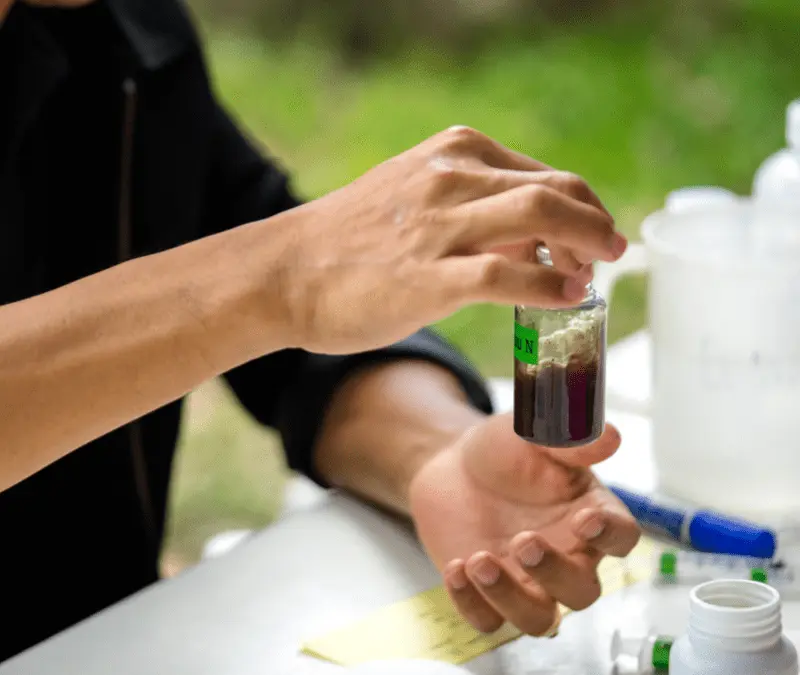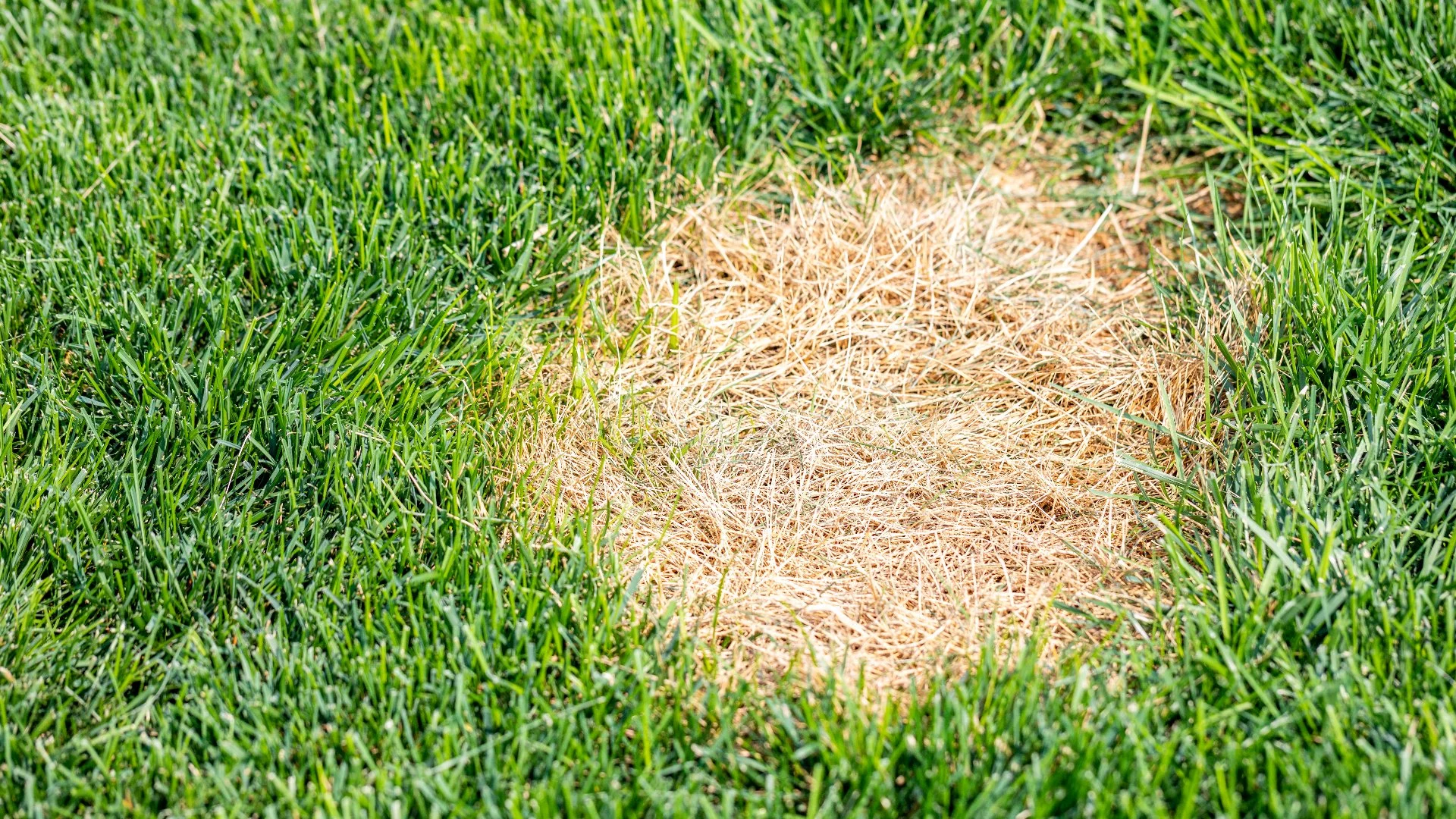One of the trickiest parts of lawn care is that so many problems mimic each other’s symptoms. For example, brown patches in your lawn might be the result of a fungal infection, but they could also be the result of grubs. This can make treating the problem difficult. Having a pH imbalance in your soil is a common occurrence, and it too mimics other common lawn problems. If you’ve tried fixing your brown grass with extra water, fertilizer, or fungicide, it might be an issue with the earth – not your turfgrass. Here’s how to spot the signs of an overly acidic lawn and how you can correct it with a lawn service application from Delaware Valley Turf.
Symptoms Of Acidic Soilsoil ph testing
The first step to treating a problem is identifying it. As stated above, diagnosing lawn problems can be tricky. The surest way to know you’ve got a pH imbalance is to have your soil tested. This will tell you the exact pH of the soil, what nutrients your lawn needs, and any contaminants in the soil. But before you spend money on a soil test, ask yourself the following questions:
- Has your grass remained dull in color when other lawns are greening up for spring?
- Have you tried applying fertilizer, but you haven’t noticed an improvement?
- Have you noticed surface insects or fungal issues that haven’t shown up in past seasons?
- Are there more weeds than usual this spring?
- Does it seem like your grass isn’t growing at its usual rate?
- Is there moss present in any part of your lawn?
If you answered “yes” to most of these questions, there’s a good chance your lawn’s soil is too acidic.
What Impacts The Soil pH
Acidic soil is one of the most common problems in the lawn care services sector. One of the most significant factors is how much water your lawn receives. Many homeowners don’t realize that you don’t have to water the lawn as much when it rains. Too much water flushes out the nutrients from the soil – specifically calcium. Without adequate calcium, the soil’s pH level drops, causing it to become too acidic. And when soil is too acidic, it cannot absorb the fertilizer. You could end up wasting hundreds of dollars applying fertilizer without seeing any change.
Another common cause of acidic soil is using incorrect fertilizer. All fertilizers have the same macronutrients, but they’re broken into different ratios. If you’re not careful, you could accidentally change the pH level of your soil. One of the ways you can avoid this issue in the future is to leave it to the pros. We know how to address your lawn’s needs as they change with the season, and we’ll make sure your lawn stays in the neutral zone on the pH scale, so you don’t have issues in the future.
How Does Lime Help Your Lawnfertilizer on lawn
Remember that the loss of calcium causes your soil to become acidic. So to correct this loss, we add lime. This common mineral is rich in calcium and will replenish the calcium levels in your soil as it breaks down over time. When soil becomes acidic, it has an abundance of hydrogen and potassium. When the calcium connects with potassium, it becomes neutralized and turns to water, carbon dioxide, and clay.
Why Add Lime In Spring
Ideally, it would be best if you gave your grass every tool possible, so it’s prepared for whatever Mother Nature throws at it. Correcting acidic soil before the growing season picks up in late spring means your lawn will be able to soak up all the nutrients it can before summer. The ever-increasing heat and droughts of summer challenge your grass, but if it can pull nutrients from the soil, it will withstand stressors. Be sure to ask your Delaware Valley Turf team member about including a lime application in your spring lawn care application.
Find Lawn Care Service Near Wayne, PA
When your lawn needs a little extra help getting on its feet this spring, turn to Delaware Valley Turf. Our customized lawn treatment plans include things like lime applications, gypsum applications, dethatching, and more. We understand that not all lawns have identical needs and concerns, so we create targeted solutions. To learn more about lime applications or schedule a treatment, please call us at (610) 328-4170 or send us a message through our online form here.
Read up on caring for your yard – visit our blog page here.
See photos of lawns we’ve restored and stay up to date on the latest service offerings and deals by liking us on Facebook or following us on Instagram.





Comments (0)
Thanks for your comment!
Thanks for your feedback! Your comments have been successfully submitted! Please note, all comments require admin approval prior to display.
Error submitting comment!
There is a problem with your comment, please see below and try again.